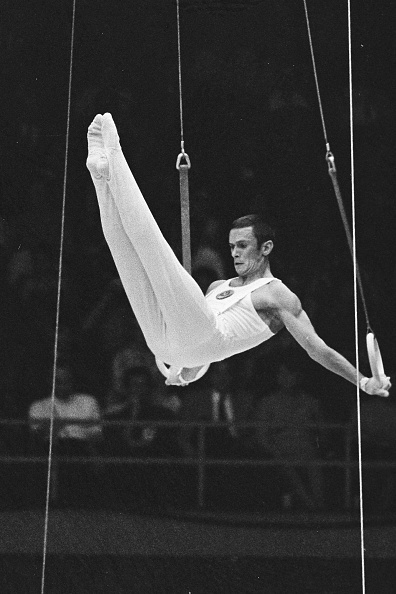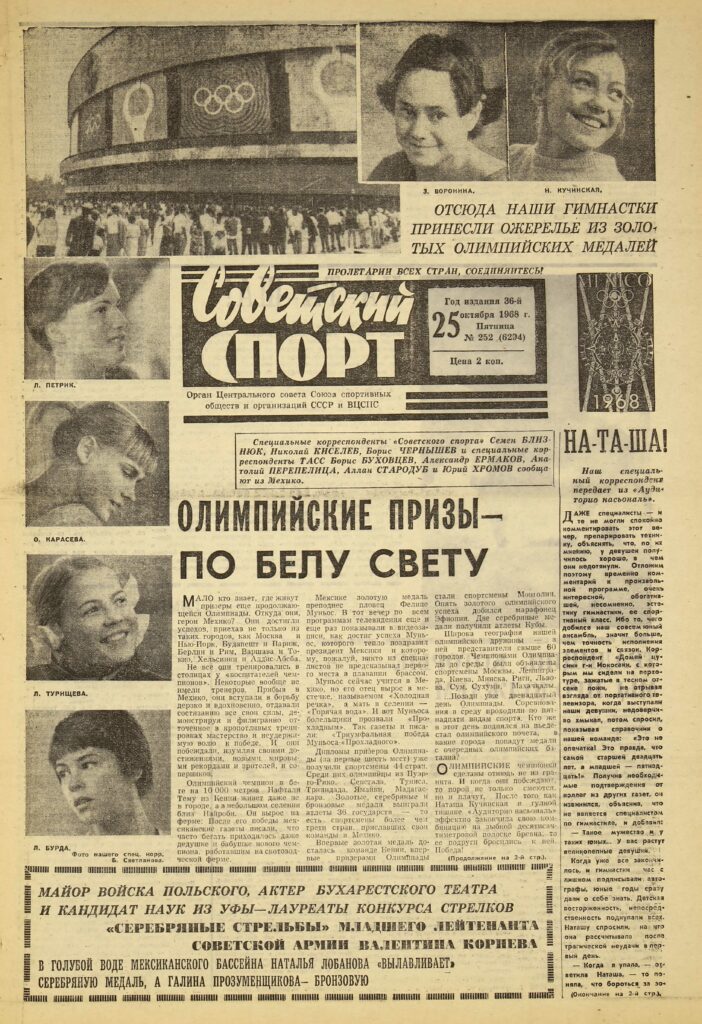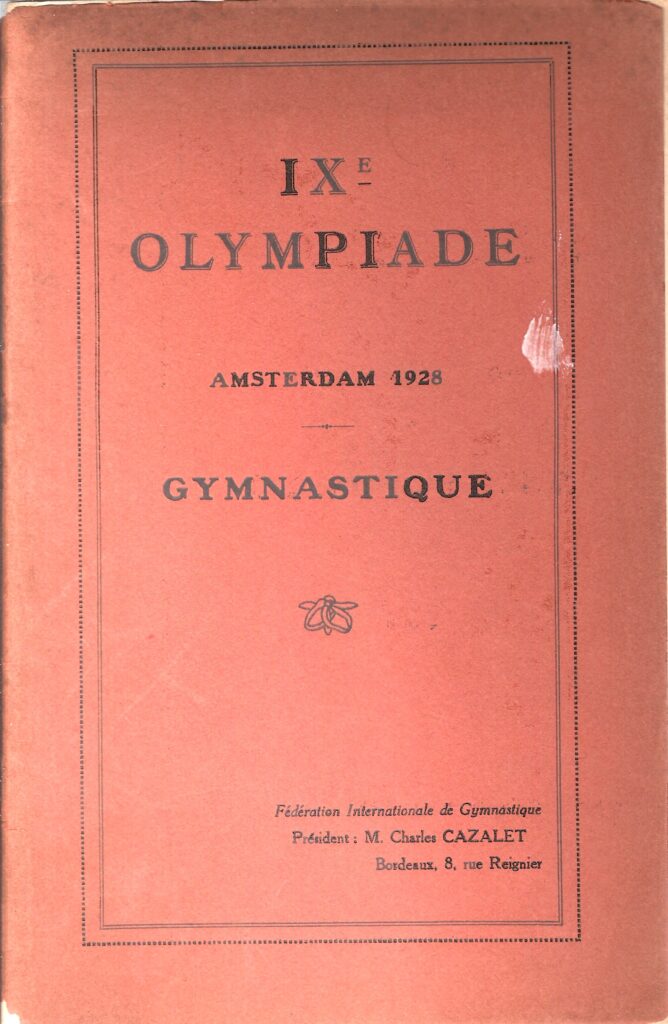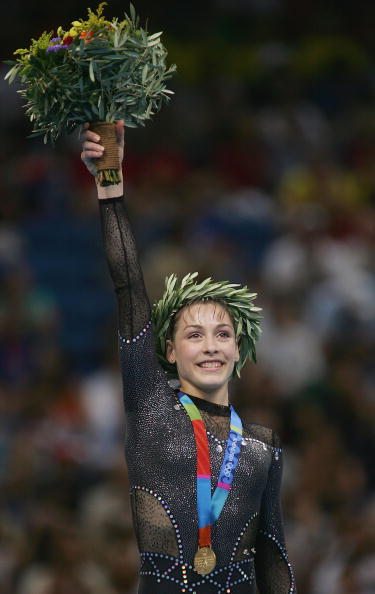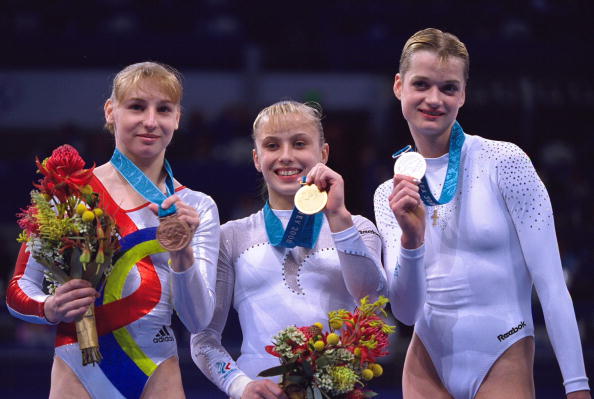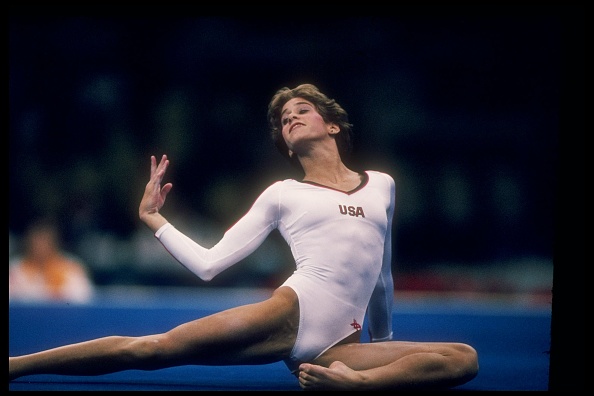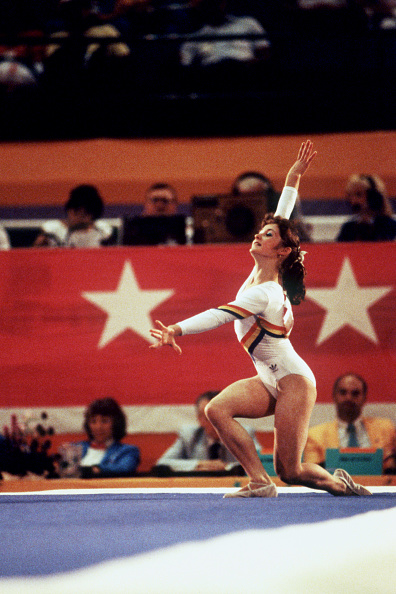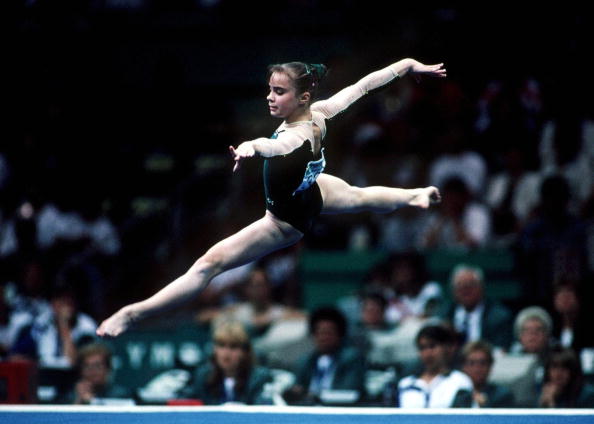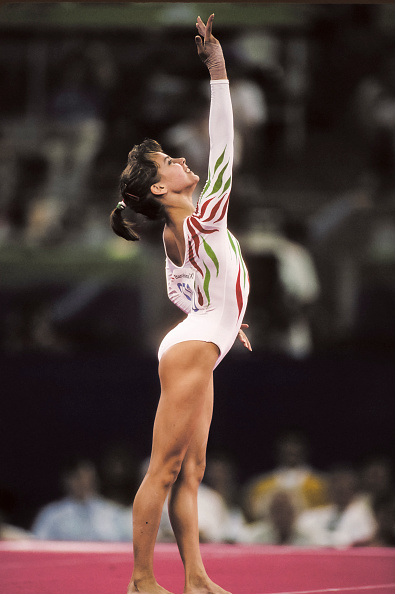At the 1968 Mexico City Olympics, both Voronin and the Soviet team took silver. In Voronin’s 1976 autobiography titled Number One (Первый номер), he underscores that 1968 was a low point for him:
Yes, the [1968] Olympics left a deep mark on me. The tension was huge. I fought the Japanese alone, without the support of my comrades, and the increased responsibility drained me of all my mental and physical strength. The pain of loss was so great and humiliating that it shattered my faith in my own strength.
Jah, olümpiamängud jätsid minusse sügava jälje. Närvipinge oli tohutu. Heitlesin jaapanlastega üksinda, kaaslaste toetuseta ja sellest suurenenud vastutus pitsitas minust välja kogu vaimu- ja kehajõu. Kaotusevalu oli nii suur ja alandav, et põrmustas usu oma jõusse.
And he places the blame squarely at the feet of Valentin Muratov, the head coach of the Soviet team at that time. To support his point, Voronin highlights the misleading overscoring at domestic meets, the bizarre line-up order that upset both Voronin and Diomidov at the Olympics, Muratov’s insults, and the failure to block Kato Sawao’s 9.90 on floor exercise, where Muratov was the head judge at the Olympics.
At the same time, Voronin does conclude that the Japanese gymnasts were better and that the Soviet team’s expectations were off. The USSR thought that they had caught up to the Japanese team, but in reality, they were far behind.
Note #1: You can see a Soviet clip on Muratov here.
Note #2: Chapters of Voronin’s book were translated into Estonian for the newspaper Spordileht, and I have translated the chapter from Estonian into English. The following excerpts come from the January 16, 1978, January 18, 1978, January 23, 1978, and January 25, 1978 issues of Spordileht.
Note #3: This section of Voronin’s book responds to criticisms found in the pages of Sovetsky Sport, the main sports newspaper of the Soviet Union. You can read the newspaper’s coverage of the Soviet men in Mexico City here.
